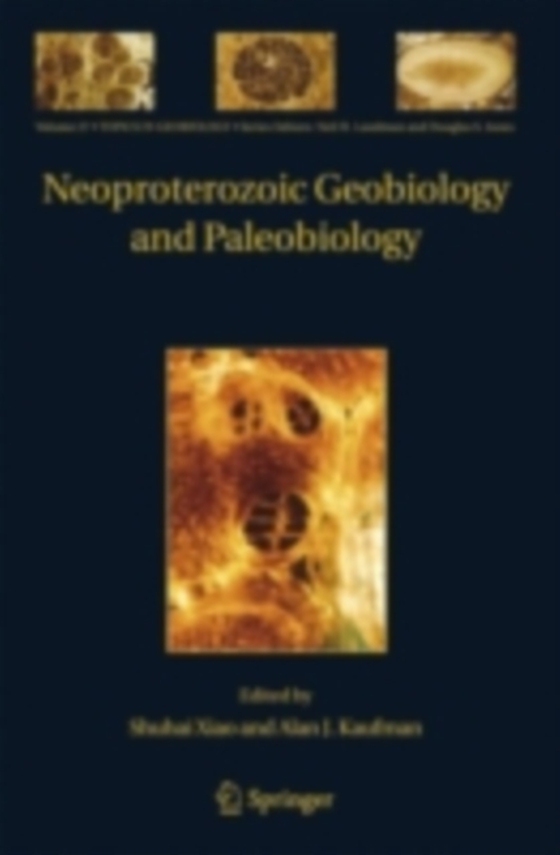
Neoproterozoic Geobiology and Paleobiology e-bog
1240,73 DKK
(inkl. moms 1550,91 DKK)
The Neoproterozoic Era (1000-542 million years ago) is a geological period of dramatic climatic change and important evolutionary innovations. Repeated glaciations of unusual magnitude occurred throughout this tumultuous interval, and various eukaryotic clades independently achieved multicellularity, becoming more complex, abundant, and diverse at its termination. Animals made their first debut...
E-bog
1240,73 DKK
Forlag
Springer
Udgivet
31 maj 2007
Genrer
Palaeontology
Sprog
English
Format
pdf
Beskyttelse
LCP
ISBN
9781402052026
The Neoproterozoic Era (1000-542 million years ago) is a geological period of dramatic climatic change and important evolutionary innovations. Repeated glaciations of unusual magnitude occurred throughout this tumultuous interval, and various eukaryotic clades independently achieved multicellularity, becoming more complex, abundant, and diverse at its termination. Animals made their first debut in the Neoproterozoic too. The intricate interaction among these geological and biological events is a centrepiece of Earth system history, and has been the focus of geobiological investigations in recent decades. The purpose of this volume is to present a sample of views and visions among some of the growing numbers of Neoproterozoic workers. The contributions represent a cross section of recent insights into the field of Neoproterozoic geobiology. Chapter One by Porter gives an up-- date review of Proterozoic heterotrophic eukaryotes, including fungi and various protists. Heterotrophs are key players in Phanerozoic ecosystems; indeed, most Phanerozoic paleontologists work on fossil heterotrophs. However, the fossil record of Proterozoic heterotrophs is extremely meagre.
 Dansk
Dansk

